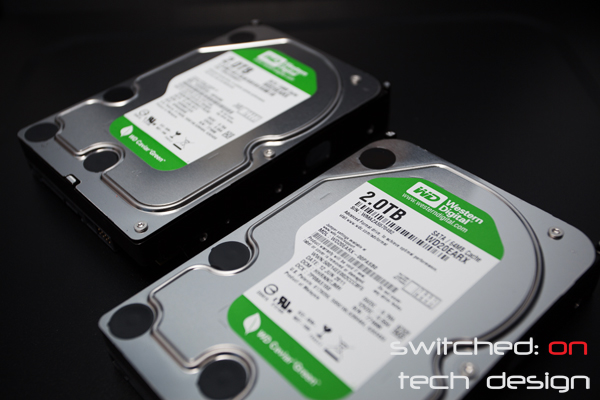Sometimes you may wish to expand a two-way mirror to a three-way mirror, or to make a basic single drive vdev into a mirror – to do this we use the zpool attach command. Simpy run:
# zpool attach [poolname] [original drive to be mirrored] [new drive]
An example:
# zpool attach seleucus /dev/sdj /dev/sdm
…where the pool is named seleucus, the drive that’s already present in the pool is /dev/sdj and the new drive that’s being added is /dev/sdm. You can add the force switch like so:
# zpool attach -f seleucus /dev/sdj /dev/sdm
to force ZFS to add a device it thinks is in use; this won’t always work depending on the reason why the drive is showing up as being in use.
Please note that you cannot expand a raidz, raidz1, raidz2 etc. vdev with this command – it only works for basic vdevs or mirrors. The above drive syntax is for Ubuntu; for Solaris or OpenIndiana the drive designations look like c1t0d0 instead, so the command might look like:
# zpool attach seleucus c1t1d0 c1t2d0
…instead.
This is a handy command if you want a three-way mirror but don’t have all three drives to start with – you can get the ball rolling with a 2-way mirror and add the third drive down the track. Remember that ZFS performs reads in a mirror in round-robin fashion, so that while you get a single drive’s performance for writes you will get approximately the sum of all of the drives in terms of read performance – it’s not hard for a 3-way 6gb/s SSD mirror to crack 1,500MB/s in sequential reads. It’s a fantastic way to get extreme performance for a large number of small VMs.
